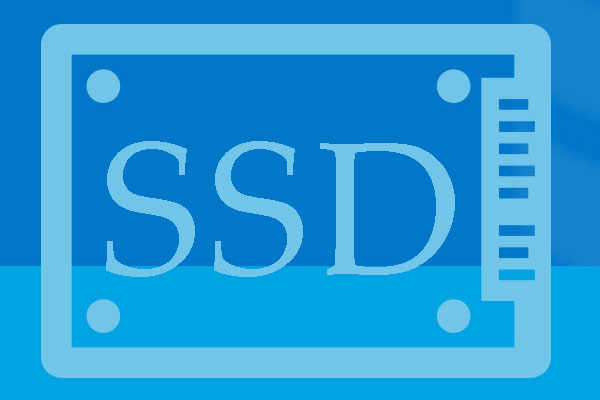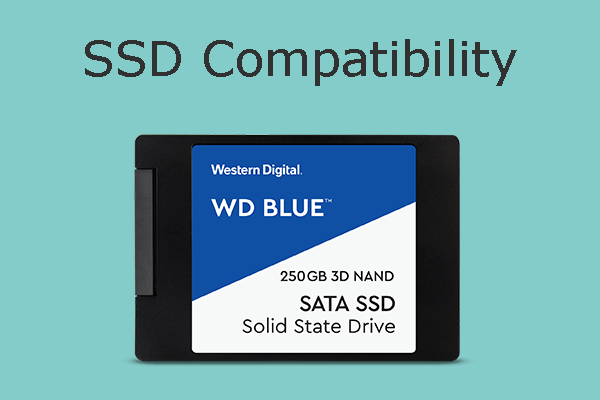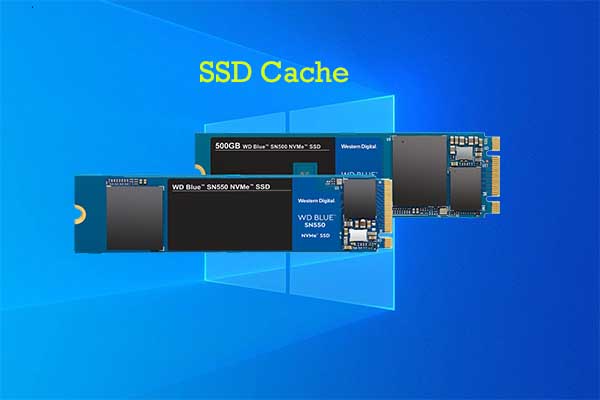Does cache for SSD matter? What is a good SSD cache size? What happens when the SSD cache is full? This post from Partition Magic will give you the answer. Read it and you will know the SSD cache better.
Does Cache for SSD Matter?
What is SSD cache? Not all SSDs have a cache. For those SSDs without cache, all data will be written to or read from the NAND flash chip directly, which may result in a slightly slower response time. Therefore, when reading and writing a lot of data, the SSD’s performance may be affected to some extent. To solve this issue, the SSD cache technology is introduced.
If an SSD has a cache, when data needs to be read or written, the SSD will first try to obtain the data from the cache, which will improve the read and write performance and the response speed. It will also reduce the chip wear and increase the SSD service life.
Depending on the main control of different manufacturers, the cache generally plays the following roles:
- Store the FTL table of file systems. SSDs without cache will store the FTL table in NAND flash memory particles.
- Alleviate write amplification. The data to be written is stored in DRAM particles. Then, it will be written to NAND particles at once when one page is enough.
- Use the cache to perform functions such as garbage collection and wear leveling.
Does cache for SSD matter? The answer is YES, especially when you use the SSD to serve as the system disk.
MiniTool Partition Wizard FreeClick to Download100%Clean & Safe
What Is a Good SSD Cache Size?
There are 3 types of SSD cache: the DRAM cache, the SLC cache, and the host memory buffer.
- DRAM Cache: It uses a separate DRAM chip as the cache area.
- SLC Cache: Nowadays, most SSDs are TLC or QLC SSDs and some are MLC SSDs. The SLC cache technology just divides a portion of these SSDs’ storage space to simulate the SLC writing method.
- HMB: It utilizes a portion of the computer’s memory as a cache area for the SSD, typically up to 64MB.
In general, the DRAM cache is better than the SLC cache. Many SSD vendors may combine the HMB technology with the SLC cache. Despite this, the DRAM cache is still better. However, SSDs with DRAM cache are usually expensive. If your budget is limited, you should consider SSDs using SLC cache.
What’s a good SSD cache size? Theoretically, bigger is better, but in practical applications, if the SLC Cache is larger, it will take up more space on the SSD. In general, SSD vendors may make 1-1.5 GB cache on a 120-128 GB SSD and a 1 TB SSD may have a cache nearly 100 GB.
What Happens When SSD Cache Is Full?
SSD vendors will not tell us explicitly how big the SSD cache is. We realize that the SSD cache is full only when we notice the SSD speed drop. The full SSD cache issue may occur in the following 2 cases:
- Write large amounts of data at once.
- Most of the SSD’s space has been used.
Bottom Line
Do you know more information about SSD cache or SSD cache size? If so, you can contact me and I will add it to my article.




User Comments :